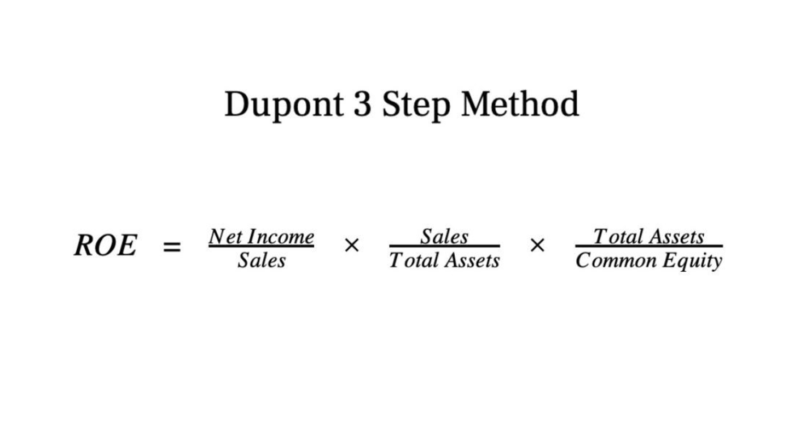
Understanding the operating cycle is crucial for businesses as it impacts their liquidity, profitability, and overall financial health. The operating cycle, often referred to as the cash conversion cycle, is a fundamental concept in financial management. It represents the time it takes for a business to convert its investments in inventory and other resources into cash through sales and accounts receivable collection.
The Importance of an Efficient and Effective Operational Process in Business Operations
Confused about the differences between a positive and a negative operating cycle? Double Entry Bookkeeping is here to provide you with free online information to help you learn and understand bookkeeping and introductory accounting. If you navigate the world of business and finance, you’re likely to encounter terms and concepts that may seem daunting at first. There are a few reasons why calculating this formula can benefit your business. Discover the step-by-step guide on how to create an affiliate marketing website that generates passive income.

The Significance of Accounts Receivable Management
Typically, a shorter operating cycle means a company converts inventory and receivables into cash more quickly. As a result, your business has enhanced liquidity, can meet its short-term obligations, and can invest in growth opportunities. Managing your operating cycle efficiently often requires the right tools and software to streamline processes, monitor key performance indicators, and make informed decisions.

How does operating cycle relate to a company’s financial health?
The Operating net cycle (NOC) refers to the period between paying for inventory and cash collected through the sale of receivables. Remember, your operating cycle is not static; it requires continuous attention and adaptation to changing market conditions. By implementing the strategies outlined in this guide and staying vigilant, you can achieve a more efficient operating cycle, setting your business on the path to financial success.
- The operating cycle, also known as the cash cycle of a company, is an activity ratio measuring the average period required for turning the company’s inventories into cash.
- It shows that a business turns over inventory quickly and collects cash from customers fast.
- So, to clear up any confusion you might have, let’s break down the operating cycle in simple terms, from what it is to how to calculate it to the operating cycle formula and more.
- The higher the operating cycle, the lower the liquidity will be because more time elapses before cash is obtained.
- You calculate the operating cycle by adding days inventory outstanding to days sales outstanding.
- A longer cycle might indicate inefficiency in inventory management or difficulty in collecting receivables.
- It indicates that a business converts inventory and receivables into cash more quickly, improving liquidity and reducing the need for external financing.
- A longer DPO indicates that you are retaining cash for a more extended period, which can be advantageous for working capital management.
- An analyst would prefer a shorter cycle because it indicates that the business is efficient and successful.
- For many businesses, understanding this rhythm—known as the operating cycle—can mean the difference between staying afloat and sinking fast.
Effective control of the operating cycle also influences working capital efficiency. Managers use this information to make better decisions about buying inventory, pricing products, and extending operating cycle formula credit to customers. For example, the net accounts receivable turnover is used to determine how often customers must pay for their product before they can make another purchase.

Understanding the Operating Cycle: A Guide to Calculation
Cash Conversion Cycle Formula

